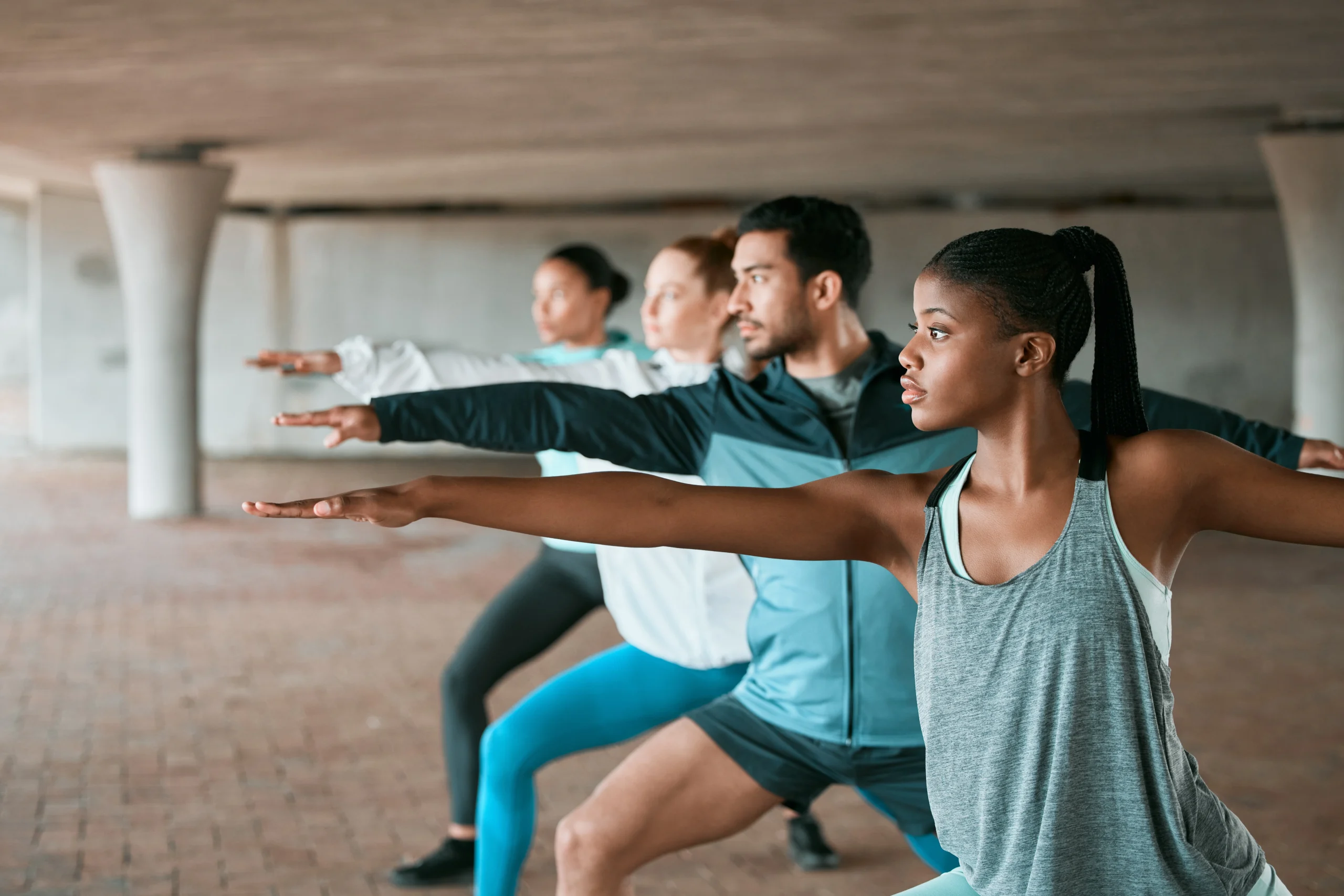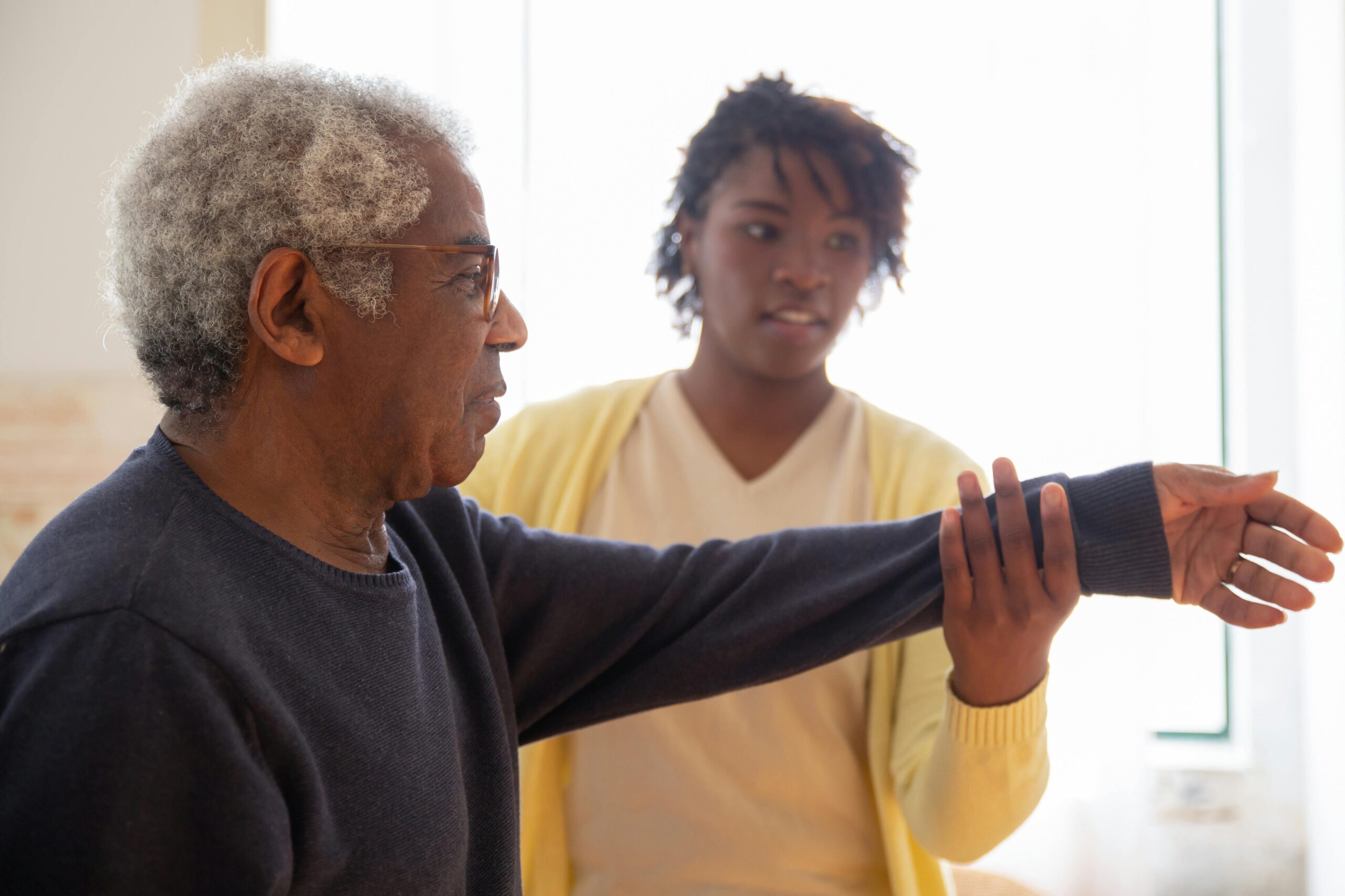How to Strengthen Bones and Muscles?

Strong bones and muscles form the foundation of good health and wellness. Unfortunately, these structures tend to weaken with age. The bones, for instance, become brittle whereas the muscles lose their flexibility. More so, conditions like osteoporosis can make things more difficult. Hence, it is crucial to look for ways to strengthen bones and muscles right from when you are in your 20s.
Tips to Strengthen Bones and Muscles
We are able to move around and function every day due to the proper coordination of our bones and muscles. Age, stress and injuries often take a toll on these structures and lead to pain or movement problems.
It is possible to maintain a strong musculoskeletal system even as we age. There’s hard work involved but it helps you empower your body with the strength it deserves.
Physical activity
Bone strength is what is at stake as we age. This is where exercises come into play. The more physically active you are, the stronger your bones remain. Bones are living tissues. Not using them at all makes them weak and susceptible to fractures.
Bones need to work to stay strong.
Physiotherapists often customize exercise prescriptions according to the patient’s requirements. They usually combine muscle strengthening and weight-bearing exercises to strengthen your bone health.
Strengthening exercises
You must have heard of strengthening exercises if you have ever been to a physiotherapy clinic in Brampton. There are different types of strengthening exercises. In the case of bones and muscles, the physiotherapist adds resistance to the movement, which forces the muscles to work harder.
The resistance exercises also boost your bone-building capacity and muscle mass. The physical therapist may guide you through push-ups, free weights or weight machines during the session. They may recommend a specific exercise for an injured muscle group at least twice a week.
Weight-bearing exercises
Weight-bearing exercises allow you to stand on your feet while working your muscles and bones against gravity. You put the entire weight of your body on your skeleton. The stress on your bones makes them work harder and gain strength.
The best time to start weight-bearing exercises is after young adulthood. It further helps prevent bone loss as well.
Examples
- Hopscotch
- Brisk walking
- Climbing stairs
- Dancing
- running jogging
- Pickleball, ping pong, badminton and tennis
- Hiking
According to physical therapists, it is always better to start with weight-bearing exercises that leave an impact. This includes activities that increase the weight on your bones such as jumping rope or even standing.
A healthy lifestyle
Adopt a lifestyle that supports your musculoskeletal system and not ruin it. Exercise is beneficial only when you follow a healthy lifestyle.
Getting rid of substance abuse is the first step here. Quit smoking. Men should limit drinking to two glasses per day while women should keep it one.
A balanced diet
Diet is one of the most effective natural ways to maintain bone health. You should include minerals in your daily diet right from an early age.
Here are some things to consider:
- Eat a lot of vegetables
- Consume enough protein
- Include foods that are rich in calcium
- Get a lot of vitamin D and K
- Avoid low-calorie diets
- Include foods that are rich in Zinc and Magnesium
Bone health is crucial in every stage of life. A healthy diet can help you maintain it without having to rely on heavy medications.
An optimum weight
Weight is a tricky factor when it comes to bone health.
You need to maintain a stable, healthy weight.
Being underweight or overweight can put your bone density at stake. Conditions like osteoporosis occur in individuals with low body weight. Similarly, obese people are more susceptible to bone impairments and fractures.
According to a study, bone loss is not compensated when you regain weight. In fact, repeated cycles of losing and gaining weight can significantly cause bone loss throughout the person’s lifetime.
Final Thoughts,
Bones are constantly changing. Old ones break down and new ones develop. This happens faster during childhood, increasing your overall body mass. With time, you start losing this bone mass. Injuries can also bring down your bone health. You can, however, protect your bones and keep them healthy. Exercise, diet and lifestyle play significant roles in strengthening bones and muscles. Keep those in check and you will be in the best of your health.
Blog Categories
- Acupuncture Treatment (10)
- Ankle Sprain (1)
- Arthritis Treatment (1)
- Back Pain (23)
- Chiropractic Care (38)
- Tennis Elbow (1)
- Chronic Pain (5)
- COVID-19 (1)
- Custom Orthotics (6)
- Dizziness (4)
- Exercises (13)
- Foot Orthotics (6)
- Hamstring Stretches (2)
- Info Articles (3)
- Kids Injury (1)
- Laser Therapy (4)
- Massage Therapy (21)
- Neck Pain (16)
- Orthopedic (1)
- Osteoarthritis (5)
- Osteopathy (3)
- Pain Management (18)
- Physiotherapy Benefits (44)
- Physiotherapy Clinic (6)
- Physiotherapy Exercises (12)
- Physiotherapy Tips (25)
- Physiotherapy Treatment (100)
- Rotator Cuff (2)
- Shin Splints (1)
- Shoulder (2)
- Spine (4)
- Sports Physiotherapy (2)
- Uncategorized (1)
- Vestibular Physiotherapy (2)
- Work From Home (2)


